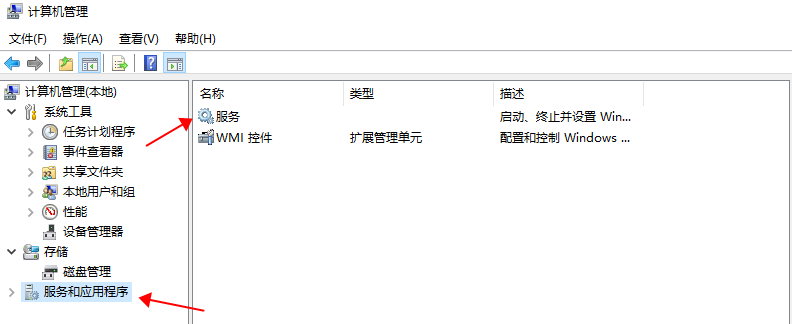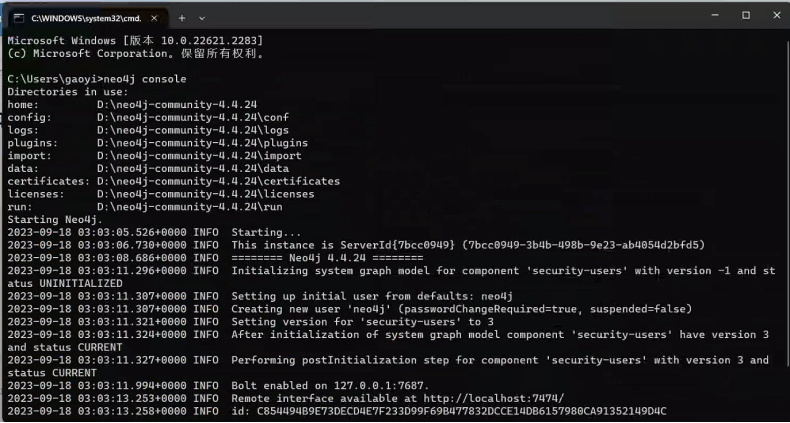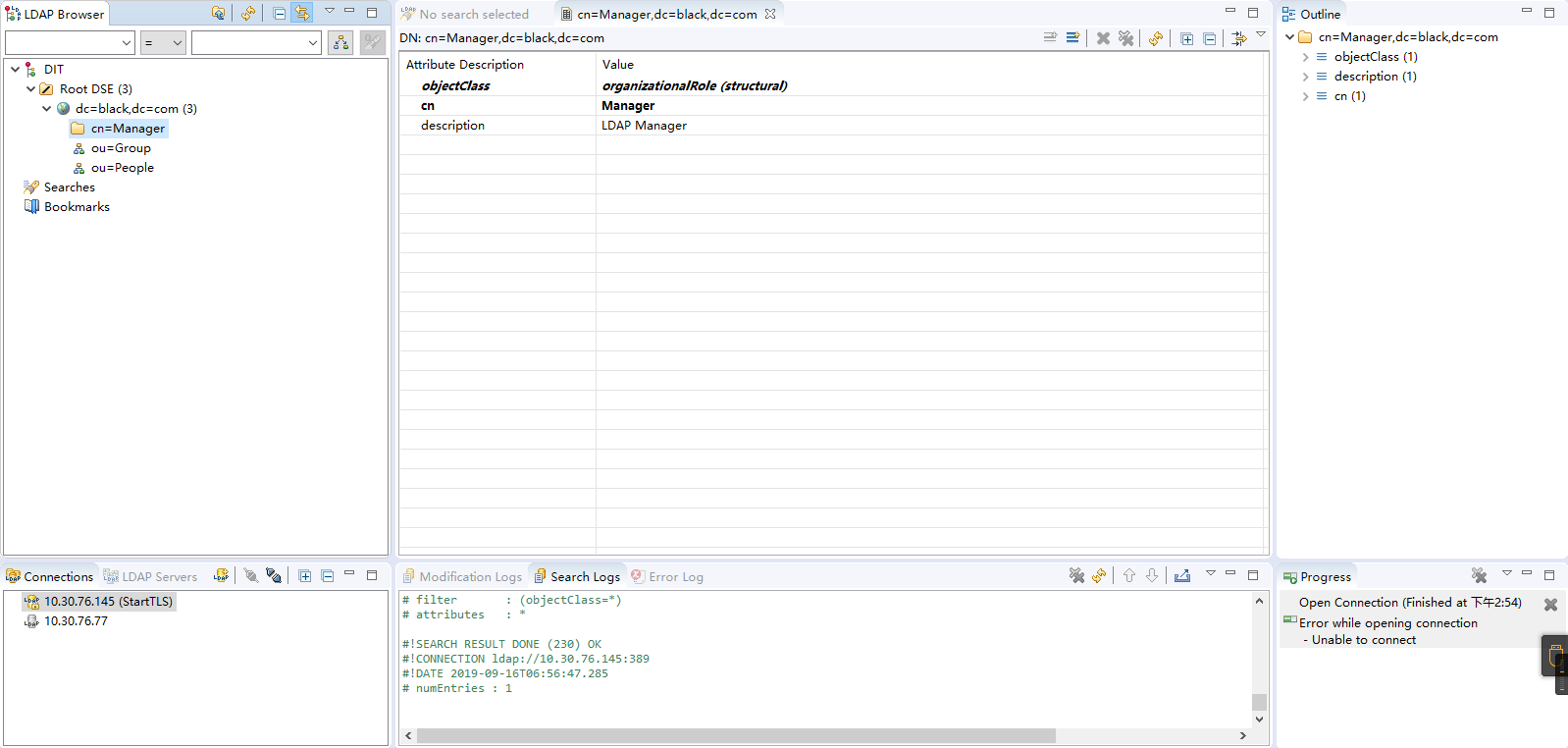Oracle 参数 LOG_ARCHIVE_DEST_n 官方解释,作用,如何配置最优化建议
本站中文解释
LOG_ARCHIVE_DEST_n 是Oracle数据库备份参数,用于说明归档日志文件生成的路径及模式,以及其它有关文件管理的信息。可以设置多个 LOG_ARCHIVE_DEST_n,n的取值范围是1到10,用逗号分隔多个 LOG_ARCHIVE_DEST_n。
正确的设置方法如下:
1.首先,要设置log_archive_dest_state_n 与 log_archive_dest_n 的值,例如:
alter system set log_archive_dest_1 = ‘location=d:\oraclearchive’ scope=spfile;
alter system set log_archive_dest_1_state_n = ‘enable’ scope=spfile;
2.接着,设置其它可用参数:
alter system set log_archive_dest_1_rmthost=hostname scope=spfile;
alter system set log_archive_dest_1_rmtuser=username scope=spfile;
alter system set log_archive_dest_1_dmcompress= n scope=spfile;
3.接着,把log_archive_dest_1_valid_n参数的值设为true:
alter system set log_archive_dest_1_valid_n=true scope=spfile;
4.最后,重启数据库以确认参数设置生效:
shutdown immediate
startup
官方英文解释
The LOG_ARCHIVE_DEST_n initialization parameter defines up to 31 (where n = 1, 2, 3, … 31) destinations, each of which must specify either the LOCATION or the SERVICE attribute to specify where to archive the redo data.
| Property | Description |
|---|---|
|
Parameter type |
String |
|
Syntax |
|
|
Default value |
There is no default value. |
|
Modifiable |
|
|
Modifiable in a PDB |
No |
|
Basic |
Yes |
All other attributes except the LOCATION or SERVICE attributes are optional. Note that whether you are specifying the LOCATION attribute or the SERVICE attribute, it must be the first attribute supplied in the list of attributes.
If you choose not to enter any attributes, then you can specify a NULL string by entering the following:
LOG_ARCHIVE_DEST_n=' ';
You set the attributes for the LOG_ARCHIVE_DEST_n initialization parameter to control different aspects of how redo transport services transfer redo data from a production or primary database destination to another (standby) database destination. You can query the V$ARCHIVE_DEST view to see the current attribute settings for each destination (n).
Note:
Some of the attributes for this parameter are deprecated, but are being retained for backward compatibility. See “Deprecated Attributes for LOG_ARCHIVE_DEST_n”.
For every LOG_ARCHIVE_DEST_n initialization parameter that you define, you must specify a corresponding LOG_ARCHIVE_DEST_STATE_n parameter. The LOG_ARCHIVE_DEST_STATE_n (where n is an integer from 1 to 31) initialization parameter specifies whether the corresponding destination is currently enabled or disabled.
See Also:
“LOG_ARCHIVE_DEST_STATE_n”
Destinations LOG_ARCHIVE_DEST_11 through LOG_ARCHIVE_DEST_31 do not support the SYNC, ARCH, LOCATION, MANDATORY, or ALTERNATE attributes, and cannot be specified as the target of the ALTERNATE attribute.
LOG_ARCHIVE_DEST_11 through LOG_ARCHIVE_DEST_31 can only be used when the COMPATIBLE initialization parameter is set to 11.2.0 or higher.
Values
See Also:
Oracle Data Guard Concepts
and Administration for detailed descriptions of all the values listed in this section
-
AFFIRMandNOAFFIRMControl whether a redo transport destination acknowledges received redo data before or after writing it to the standby redo log. The default is
NOAFFIRM. -
ALTERNATE=LOG_ARCHIVE_DEST_nSpecifies an alternate archiving destination to be used when the original destination fails. There is no default value; if an alternate destination is not specified, then archiving does not automatically change to another destination if the original destination fails.
-
ASYNCThe redo data generated by a transaction need not have been received at a destination which has this attribute before that transaction can commit. This is the default behavior if neither
SYNCnorASYNCis specified. -
COMPRESSIONIndicates whether network compression is enabled or disabled, or disabled, or whether the ZLIB or LZO algorithm is used. The possible values include:-
DISABLE: Compression is disabled. -
ENABLE: Compression is enabled. The ZLIB compression algorithm is used. -
ZLIB: ZLIB compression is used. -
LZO: LZO compression is used.
The Advanced Compression option is required in order to use the
COMPRESSIONattribute. -
-
DB_UNIQUE_NAME=nameSpecifies a unique name for the database at this destination. You must specify a name; there is no default value.
-
DELAY[=minutes]Specifies a minimum time lag between when redo data is archived on a standby site retrieving redo from a primary and when the archived redo log file is applied to the standby database or any standbys cascading from it. If you specify the DELAY attribute without a time interval, the default is 30 minutes.
-
ENCRYPTION=DISABLE|ENABLEControls whether encryption of the redo stream sent to Zero Data Loss Recovery Appliance (Recovery Appliance) is enabled or disabled. The default value for the attribute is
DISABLE.This attribute cannot be used with the
COMPRESSION,LOCATION, orSYNCattributes.To use the
ENCRYPTIONattribute, you must set theCOMPATIBLEinitialization parameter to11.2.0.4or higher on the protected database.See Also:
Zero Data Loss Recovery
Appliance Administrator’s Guide for introductory information about Recovery Appliance -
GROUP=groupThe
GROUPattribute is used to specify membership in a specific collection of log archive destinations. Groups are numbered 1 through 8. The default group (GROUP=0) is special in that it cannot be assigned. The default group is populated with all destinations that are not explicitly assigned to a group. All groups other than the default group must consist of a set of remote destinations. No group (other than the default group) can contain local destinations. -
LOCATION=local_disk_directory orUSE_DB_RECOVERY_FILE_DESTSpecifies either a local file system destination or the directory, file system, or Automatic Storage Management disk group that will serve as the fast recovery area. You must specify this attribute for at least one destination. You can specify either a local disk directory or fast recovery area with the
LOCATIONattribute. You must include either theLOCATIONor theSERVICEattribute for each destination to specify where to archive the redo data. -
MANDATORYSpecifies that the transmission of redo data to the destination must succeed before the local online redo log file can be made available for reuse. If the
MANDATORYattribute is not specified, then the destination is optional. -
MAX_FAILUREControls the consecutive number of times redo transport services attempt to reestablish communication and transmit redo data to a failed destination before the primary database gives up on the destination. See the
MAX_FAILUREdescription in Oracle Data Guard Concepts
and Administration for usage notes about how this attribute is handled differently in Oracle Database 12c Release 2 (12.2.0.1) and in Oracle Database 12c Release 1 (12.1.0.2). -
NET_TIMEOUT=secondsSpecifies the number of seconds the log writer process on the primary system waits for status from the SYNC (NSSn) process before terminating the network connection. The default is 30 seconds.
-
NOREGISTERIndicates that the location of the archived redo log file is not to be recorded at the corresponding destination.
-
PRIORITY=priorityThe
PRIORITYattribute is used to specify preference within a group of log archive destinations. Priorities are numbered 1 through 8. A lower value represents a higher priority. The lowest priority (PRIORITY=8) is special in the sense that if that priority is active then all destinations at that priority will be made active. If any higher priority destination returns to service then that destination will be made active and all low priority destinations will be made inactive because they will be receiving redo from one of the other redo destinations, either through cascading or a Far Sync. -
REOPEN[=seconds]Specifies the minimum number of seconds before the archiver processes (ARCn) or the log writer process (LGWR) should try again to access a previously failed destination. The default is 300 seconds.
-
SERVICE=net_service_nameSpecifies a valid Oracle Net service name (
SERVICE=net_service_name) that identifies the remote Oracle database instance to which redo data will be sent. Each destination must specify either theLOCATIONor theSERVICEattribute. There is no default net service name. -
SYNCThe redo data generated by a transaction must have been received by every enabled destination which has this attribute before that transaction can commit.
-
TEMPLATE=filename_template_%t_%s_%rSpecifies a path name and a file name template for archived redo log files created at a redo transport destination that contain redo data from the database where this attribute is specified. This attribute overrides the value of the
LOG_ARCHIVE_FORMATinitialization parameter at a redo transport destination. This attribute does not have a default value. -
VALID_FOR=(redo_log_type, database_role)Identifies when redo transport services can transmit redo data to destinations based on the following factors:
-
redo_log_type—whether online redo log files, standby redo log files, or both are currently being archived on the database at this destination -
database_role—whether the database is currently running in the primary or the standby role
-
Deprecated Attributes for LOG_ARCHIVE_DEST_n
The following attributes are deprecated for the LOG_ARCHIVE_DEST_n parameter. They are retained for backward compatibility only.
Table 2-3 Deprecated Attributes on the LOG_ARCHIVE_DEST_n Initialization Parameter
| Deprecated Attribute | Alternative |
|---|---|
|
|
Specify |
|
|
Specify |
|
|
Destinations are optional by default. |
|
|
None. This attribute is only used with the deprecated |
In addition, note the following changes to the ASYNC and SYNC attributes:
-
The
BLOCKSkeyword on theASYNCattribute is no longer needed.It is no longer necessary to set this keyword because Data Guard dynamically adjusts the block count up or down to an appropriate number of blocks, as necessary.
-
The
PARALLELandNOPARALLELkeywords on theSYNCattribute are no longer needed.






